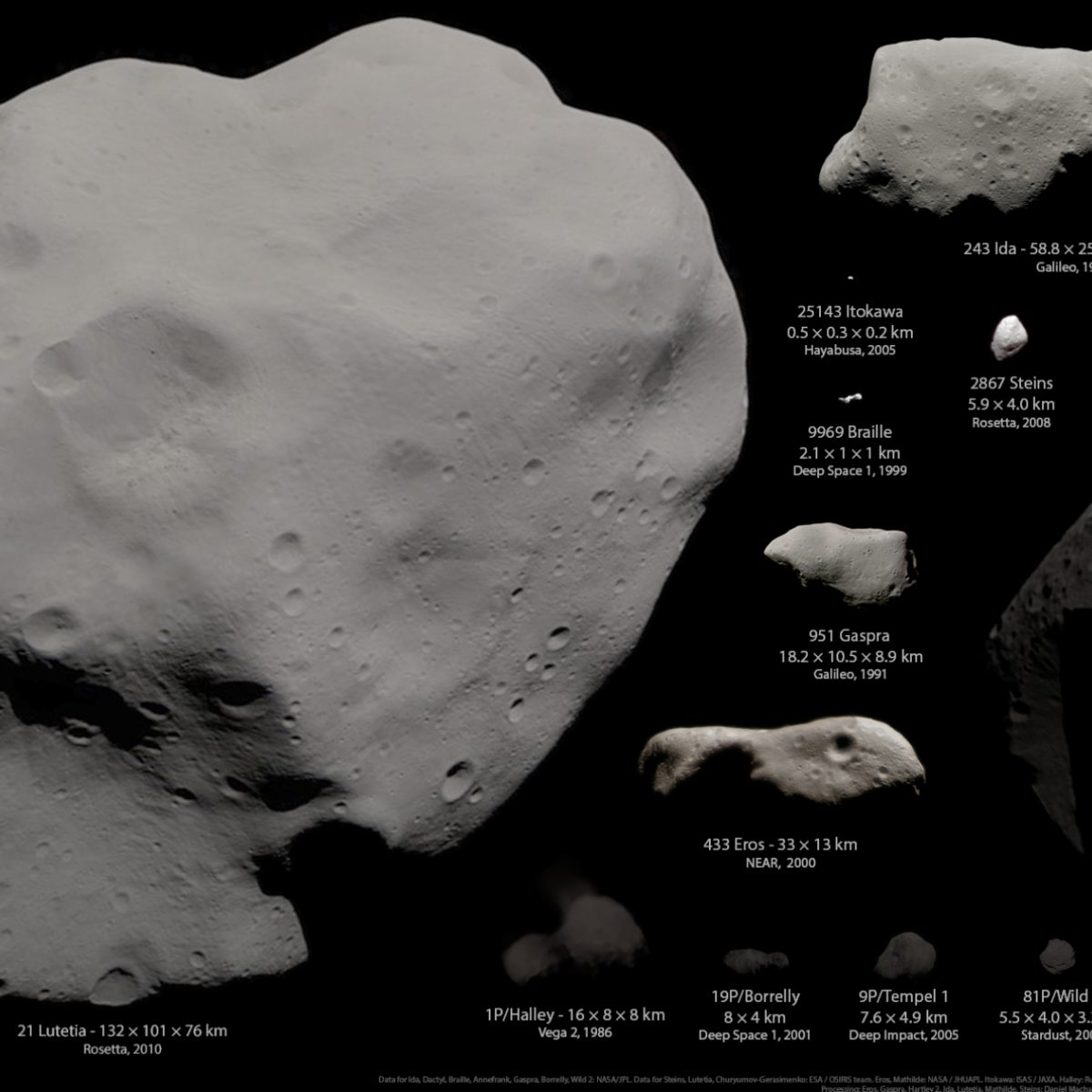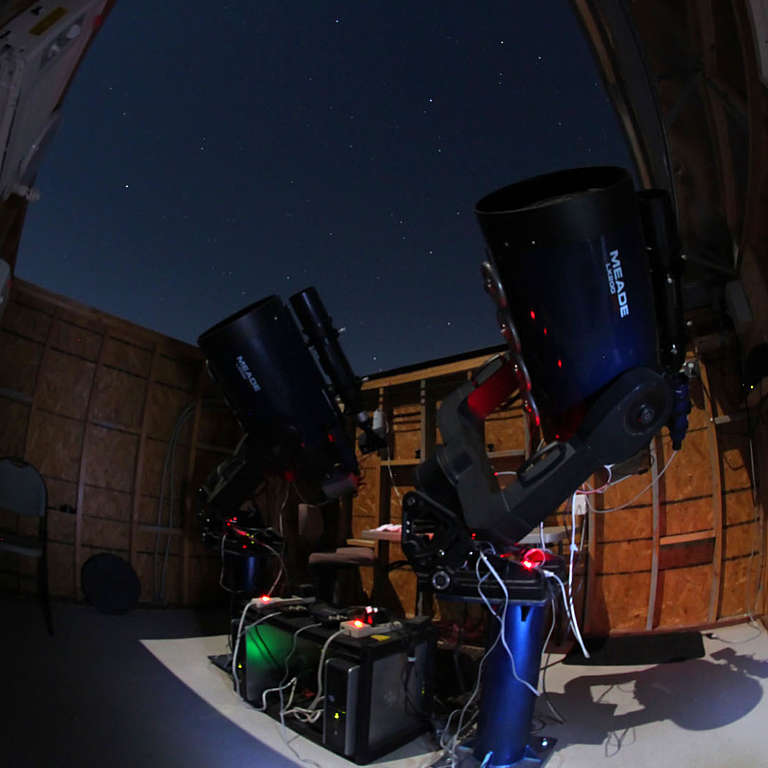All
All
Stories, updates, insights, and original analysis from The Planetary Society.
Favorite Astro Plots #1: Asteroid orbital parameters
This is the first in a series of posts in which scientists share favorite planetary science plots. For my #FaveAstroPlot, I explain what you can see when you look at how asteroid orbit eccentricity and inclination vary with distance from the Sun.
Proposals to Explore the Solar System’s Smallest Worlds
Van Kane rounds up some of the latest NASA Discovery mission proposals aiming to explore our solar system's smallest bodies.
Five steps to prevent asteroid impacts
For Asteroid Day, Bruce Betts reviews 5 steps needed to prevent asteroid impacts, as well as how The Planetary Society is involved in those.
Shoemaker NEO Grant Winners Announced: Saving the World
The six winners of the 2015 Shoemaker NEO Grants will use the grants to upgrade their observatories to improve their abilities to study potentially dangerous asteroids.
PROCYON update: Asteroid 2000 DP107 target selected, ion engine stopped
PROCYON (PRoximate Object Close flYby with Optical Navigation) is a microsatellite that launched on December 3 as a secondary payload with Hayabusa2. The mission has now selected their asteroid flyby target -- a binary asteroid named 2000 DP107 -- but is reporting a problem with their ion engines.
Revitalized 0.81m telescope studying properties of NEOs
Thanks to a new focal reducer and re-aluminized mirror from a Shoemaker NEO grant, a 0.81-meter telescope in Italy is performing astrometric follow-up observations and physical studies of asteroids.
How Do We Know When We Have Collected a Sample of Bennu?
A huge amount of effort goes into deciding where to try to collect a sample on Bennu. There are roughly nine months to survey, map and model the asteroid to help make this decision.
Camera now measuring even fainter Near-Earth Objects
Camera purchased with the support of a 2009 Shoemaker NEO Grant is now on a new telescope providing follow-up measurements for even fainter near-Earth objects.
Sky survey grant helps lead to a space science career
Quan-Zhi Ye was an 18 year-old college student and the principal investigator of the Lulin Sky Survey when he won a 2007 Shoemaker NEO grant. He's now a Ph.D. candidate and provides an update on his work in meteor studies.
2007 Shoemaker Grant Still Yielding Asteroid Science
Telescope purchased in 2007 with the support of a Shoemaker grant is still in service and has worked on over 100 near-Earth asteroids over its 8 years of operation.
New camera improves a California near-Earth asteroid program
A new camera is improving the efficiency of the Near-Earth Asteroid Program at the Center for Solar System Studies. This update from Shoemaker NEO Grant winner Bob Stephens reveals amazing recent progress using his 2013 Planetary Society grant.
Calling Serious Asteroid Hunters
I am happy to announce a new call for proposals for The Planetary Society’s Gene Shoemaker Near Earth Object (NEO) grant program. Proposals are due Feb. 2, 2015.
Hunting Binary Asteroids
Thanks to The Planetary Society’s Shoemaker NEO Grant program, a new telescope has been brought to bear focusing on searching for and understanding the properties of binary asteroid systems.
The latest on NASA’s Asteroid Redirect Mission
During televised updates on June 18 and 19, NASA showcased its progress on Orion and ARM. Here's the latest news.
Green Bank Telescope Helps Out an Old Friend
The Green Bank Telescope has been called into emergency service to play radar ping-pong on a close-by asteroid with Arecibo Observatory’s 100-meter William E. Gordon radio telescope.
Arecibo Observatory operational after repairs to fix earthquake damage
Early in the morning on January 13, 2014, a 6.4 magnitude earthquake struck beneath the Atlantic Ocean north of Puerto Rico, damaging Arecibo Observatory, the world’s largest single-dish radio telescope. The telescope is now operational after repairs and scientists have resumed observations. However, the future of Arecibo Observatory remains unclear due to funding uncertainties in the federal budget.
[Updated] To Europa!...Slowly. First Impressions of NASA's New Budget Request
Europa may get a mission...eventually. We give our first take on the 2015 NASA Budget request. How does Planetary Exploration fare? Which projects were cancelled? Will NASA capture an asteroid? And most importantly, what can you do about it?
Planetary Radio: NEOWISE PI Amy Mainzer
NEOWISE has reawakened to discover many more asteroids and comets. The mission leader thanks the amateur astronomers who follow up on these discoveries.
Watch this with your kids: Asteroid Fact versus Fiction
A cute video from the OSIRIS-REx mission in the style of
Imaging results from the Chang'e 2 Toutatis flyby
There is a paper in press at Icarus by Xiaoduan Zou and five coauthors that provides the first peer-reviewed publication I've seen on the results of the imaging experiment performed during the Chang'e 2 flyby of near-Earth asteroid (4179) Toutatis.


 Explore Worlds
Explore Worlds Find Life
Find Life Defend Earth
Defend Earth


 Sun
Sun Mercury
Mercury Venus
Venus Earth
Earth Mars
Mars Jupiter
Jupiter Saturn
Saturn Uranus
Uranus Neptune
Neptune Small Bodies
Small Bodies


















